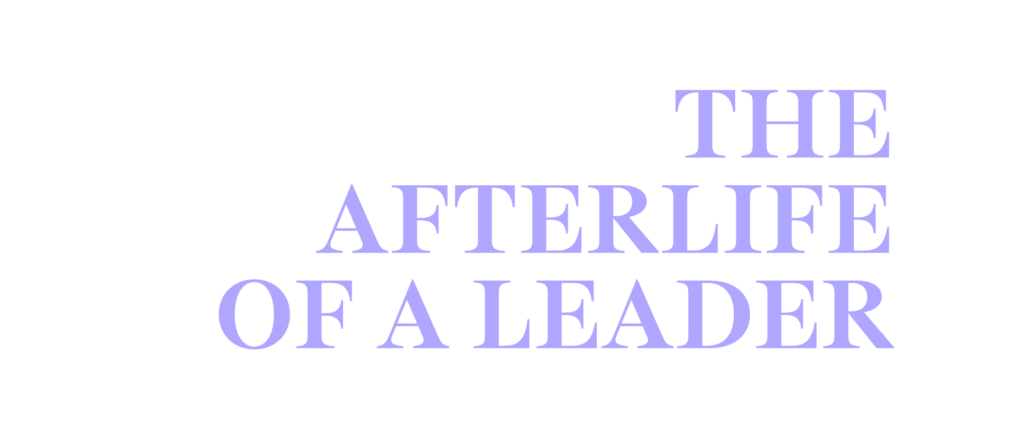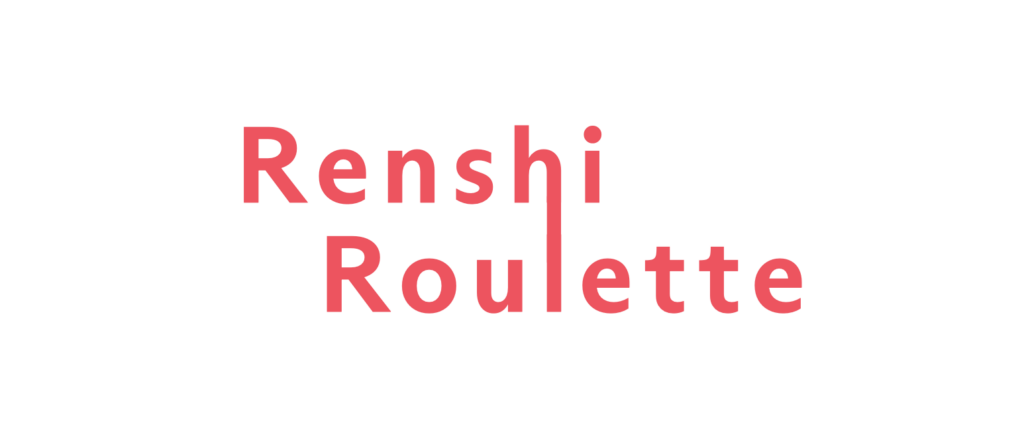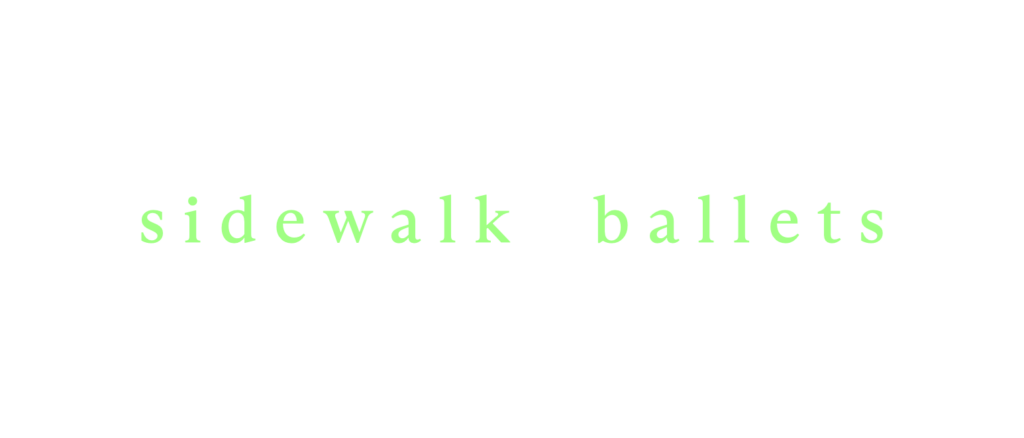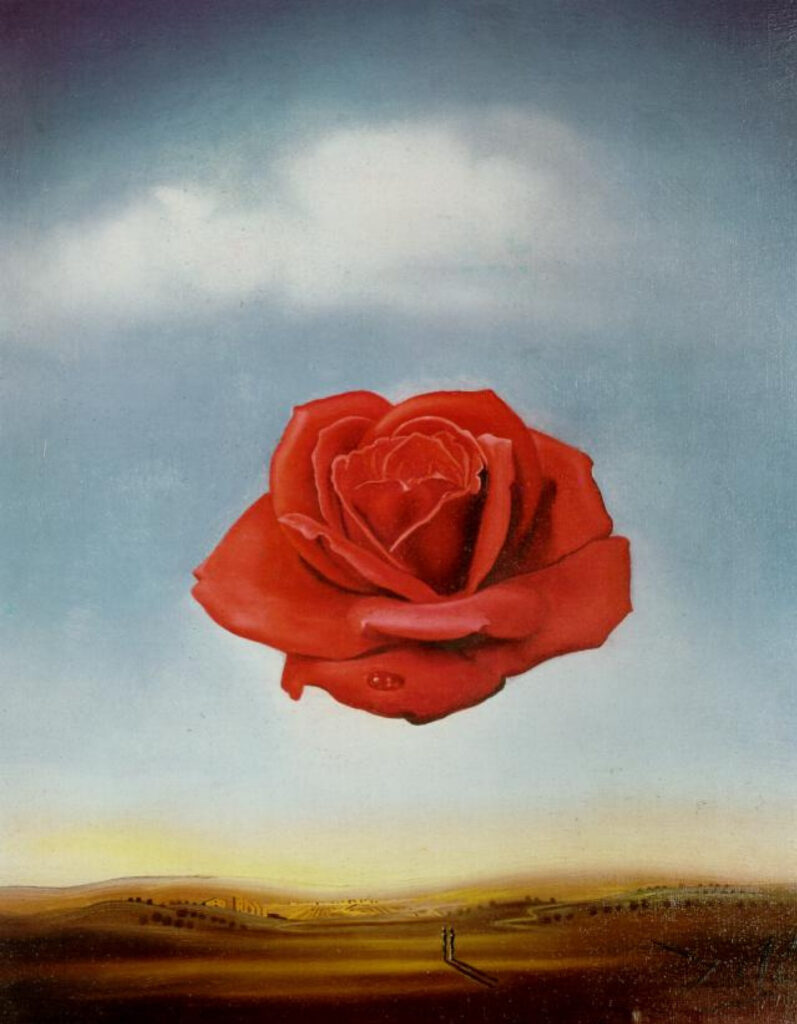Individual writers in need of Switch-Lit partners can join Subrosa “rounds” to get paired with one another in secret and take turns writing the next chapters of a single collaborative story. Who will you meet "under the rose"?




“Meditative Rose”
Painting by Salvador Dalí
You and your partner equally co-own the content of your story according to our Terms of Use. Switch-Lit simply has the rights to promote and market your story to help grow the platform and fulfill our mission.
Upon completion of a first draft of your story, you will unlock a new chat feature to make the editing process easier, but to also connect with your partner directly to share more about yourselves.
For an overview of the Subrosa writing process and experience, please refer to our “Writing a Subrosa Story” support page.
You can always keep your identity secret by simply not sharing your personal information via the chat feature. All messaging between writers is optional and voluntary, so you’re in control of your identity.
For an overview of the Subrosa writing process and experience, please refer to our “Writing a Subrosa Story” support page.
Collaborative prose and poetry is an unconventional form, and so certain conventions may not apply.
The editing process is also turn-based but each writer edits all of their chapters in a single turn. Whoever writes the last chapter will choose which writer will be the first editor. After the first editor finishes a round of edits, then the other writer will be notified that it is now their turn to edit all of their own chapters, but also the option to either finalize the story or do another round of edits. In general, we recommend that the more experienced writer-editor is the second editor and the overall goal of editing is cohesion.
For an overview of the Subrosa writing process and experience, please refer to our “Writing a Subrosa Story” support page.
If your partner’s turn time has run out and the story has become inactive, click the “nudge” button next to the story in your dashboard and they will get a notification reminding them it’s their turn to write.
Please email us at editors@switch-lit.com to let us know you can’t participate in the round. This will ensure we don’t match you with another writer or activate a story in your dashboard.
For an overview of the Subrosa writing process and experience, please refer to our “Writing a Subrosa Story” support page.
For any writer support or additional questions, please send us a direct email: editors@switch-lit.com
We’re always happy to connect with individual writers, educators, publishers, public librarians, and other creative people inspired by the possibilities of collaborative storytelling for diverse writing communities.




